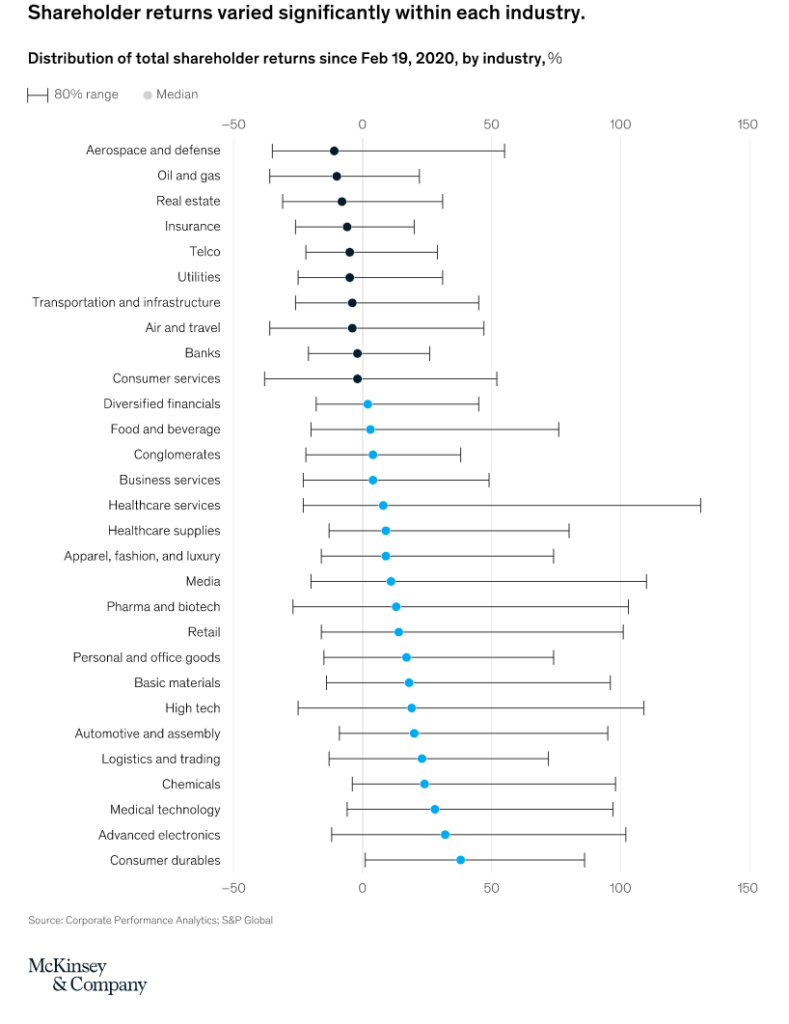Graphic:

Excerpt:
The shape of the Treasury yield curve generally provides insight into the market’s expectations for
interest rates, as well as economic activity. As of June, the yield curve has shifted higher and flattened
compared to the beginning of the year and the last year. The Federal Reserve’s recent aggressive actions
have resulted in the higher Treasury rates and a flattening of the yield curve, as many investors believe
higher rates will push the U.S. economy into a recession. The yield curve also inverted briefly in midJune, which market participants view as a recession signal.As of year-end 2021, U.S. insurers had exposure to about $316.3 billion in U.S. government bonds across
various maturities, or about 6% of total cash and invested assets. This was an increase from $280.6
billion at year-end 2020, but it was unchanged as a percentage of total cash and invested assets.
Author(s): Jennifer Johnson and Michele Wong
Publication Date: 23 June 2022
Publication Site: NAIC Capital Markets Special Report
